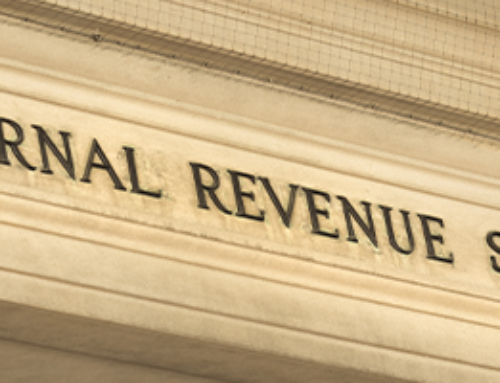In the last decade, more and more Americans have struggled to pay for rising health care costs. In fact, health care has become one of the biggest expenses Americans face, with $2.4 trillion spent on medical care in 2017.
As a result, those with ongoing health conditions often find themselves overwhelmed by medical debt, and they end up filing bankruptcy. In fact, in 2015, the Kaiser Family Foundation noted that mounting medical bills pushed 1 million adults to file bankruptcy.
If you find yourself considering bankruptcy because of medical debt, here is some important information to keep in mind.
-
You can’t discharge only medical debt with bankruptcy. Filing bankruptcy requires you to list all personal debts—including personal property, credit card debt and real estate debts. You must disclose your income, your spouse’s income (if you are married) and whatever debt payments you’ve made.
-
You may want to work with the hospital or doctor’s office that you owe money to and see if you can set up an interest-free repayment plan. You also may be eligible reduce the amount you owe if you don’t have health insurance or if your medical providers offer charity care.
-
You’ll need to decide between Chapter 7 or Chapter 11 bankruptcy. Both types of personal bankruptcy affect your credit record, but with Chapter 7, you discharge your debt quickly—within four to six months. However, if you can still work, you may want to consider Chapter 13 bankruptcy, which establishes a three- to five-year payment plan for your debts. Some people who face medical debts choose Chapter 13 because it keeps them in a better relationship with their established doctor.
No matter how you decide to eliminate your medical debt, you shouldn’t feel any shame if you decide to file bankruptcy. You are far from the alone in that, and ultimately, being free from that debt can help you move toward a brighter future.





